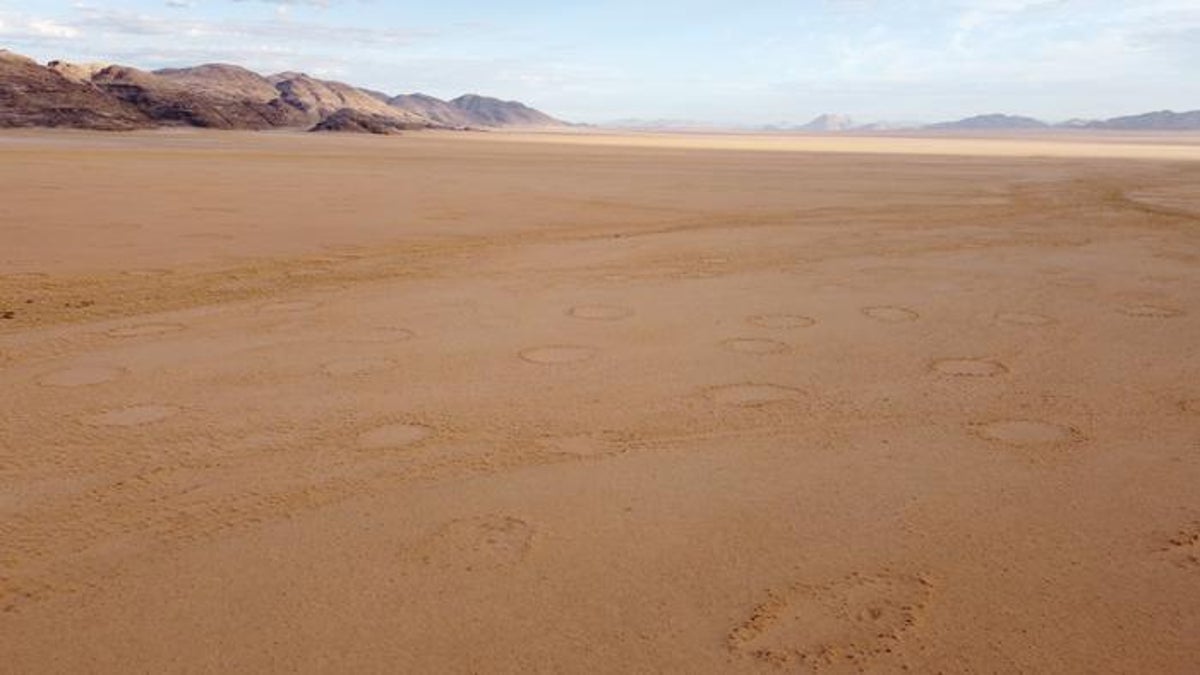Exploring the Global Dimension of Fairy Circles: Multiple Theories to Explain Formation of Enigmatic Circular Patterns Over Five Decades
Key Highlights :

For centuries, strange circular patches known as “fairy circles” have been spotted in the arid terrains of Namibia and Australia. These enigmatic circular patterns of bare soil surrounded by plants have generated rings of vegetation that have puzzled scientists for decades. Despite multiple theories being put forward to explain their formation over the past five decades, the global dimension of the phenomena has remained elusive.
Now, a new study published in the journal PNAS has used artificial intelligence to classify satellite images, obtaining 263 sites where patterns similar to fairy circles have been described to date. These patches have been found in places like the Sahel, Western Sahara, the Horn of Africa, Madagascar, southwest Asia and central Australia, suggesting fairy circles are “far more common than previously thought”.
Analyzing their effects on the functioning of ecosystems and discovering the environmental factors that determine their distribution is essential to better understand the causes of the formation of these vegetation patterns and their ecological importance. The study found that the combination of certain soil and climate characteristics, such as low nitrogen content and an average rainfall of less than 200 mm/year, are associated with the presence of fairy circles.
The new findings also open the door to research on whether these patterns on the soil can be indicators of ecosystem degradation with the climate crisis. Scientists have made available a global atlas of fairy circles and a database that could be useful in determining whether these vegetation patterns are more resilient to climate change and other disturbances.
The research is a major step forward in understanding the global dimension of fairy circles and their ecological importance. It is hoped that further research into the formation of these enigmatic patterns will help scientists better understand the causes and effects of climate change on the environment.
